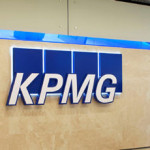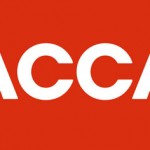Internal Audit of the Future: Nimble, Flexible

IIA’s 2015 Global Pulse report urges broader, more flexible approach to risk
Internal audit departments need to demonstrate flexibility and agility to address today’s complex and dynamic business challenges, but a new report from The IIA finds much remains to be done.
The 2015 Global Pulse of Internal Audit: Embracing Opportunities in a Dynamic Environment cites data from a recent global survey of internal audit practitioners that finds most audit departments are far from flexible in adapting their audit plans to better handle unexpected and fast-paced changes in risks.
The free report urges chief audit executives (CAEs) to take a broad view of risks and flexible audit planning and to have the boldness to expand internal audit’s domain and the courage to handle political pressures.
“Internal audit is in an unprecedented position to show our stakeholders we are capable of operating and thriving in an emerging-risk landscape,” said IIA President and CEO Richard F. Chambers, CIA, QIAL, CGAP, CCSA, CRMA. “This new Global Pulse report, however, suggests that many of our internal audit colleagues must change their approach audit planning to meet today’s fast-moving business challenges.”
The report, released today at The IIA’s annual international conference, looks at more than just audit planning, also examining how enterprise risk management, integrated and sustainability reporting, and political pressure will affect the profession’s future.
In each area, the report’s analysis and recommendations are based on results from the 2015 Global Internal Audit Common Book of Knowledge (CBOK) survey, which tapped the views of more than 14,500 internal audit practitioners from 166 countries, including the United States and Canada.
For example, in audit planning, the report recommends making the traditional audit plan more flexible in order to respond to emerging risks. Indeed, the report concludes that the current business dynamic demands near continuous risk assessment to provide true assurance.
Yet only 23 percent of respondents to the CBOK survey reported they practice such continuous risk assessment. What’s more, a scant 16 percent indicated that, “their audit plan process is flexible enough to respond to emerging risks immediately.”
The report, produced by The IIA’s Audit Executive Center, also acknowledges the political pressures that CAEs currently face, but points out that independence, board support, and a high-quality internal audit function are crucial to combating such pressure.
CAEs, the report states, “should be free from the control of those they need to audit.” However, nearly 1 in 3 survey respondents said they report both functionally and administratively to management, making it more difficult for those CAEs to avoid political pressures.
Source: The Institute of Internal Auditors





























